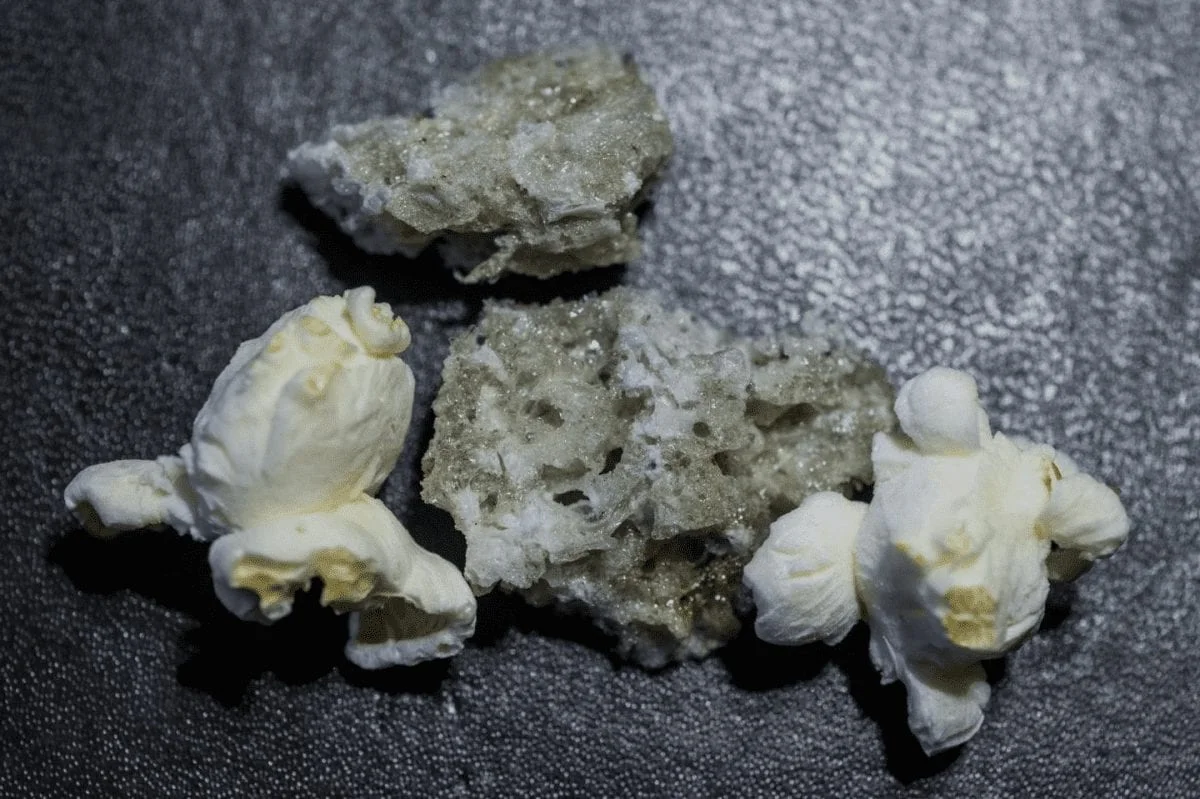Since the 18th century, geologists have struggled to explain how big magma chambers form in the Earth’s crust. In particular, it has been difficult to explain where the surrounding rock goes when the magma intrudes.
Now a team of researchers from Uppsala University and the Goethe University in Frankfurt have found the missing rocks – and they look nothing like what they expected.
Researchers have previously proposed that the roofs and walls of magma chamber were either melted and assimilated into the magma, or that they would sink to the bottom of the magma chamber. However, enough evidence for either of these hypotheses have not been forthcoming, and researchers now propose a third possibility.
– We show that rock fragments from the roof of the magma chambers could have been expelled, similar to popcorn that is thrown out of a hot pan! We have found them in rocks that have been ejected in volcanic eruptions. The rock fragments are full of bubbles and have very low densities, and they look a lot like popcorn, says Steffi Burchardt, researcher at the Department of Earth Sciences, Uppsala University.
When rock fragments fall into the magma chamber, they are rapidly heated by several hundred degrees, and all fluids inside boil instantly. This is similar to what happens when a grain of corn is put into the pan and the water inside boils – and we get popcorn.
Steffi and her colleagues have now managed to show how the popcorn-effect makes the rock fragments float and rise to the top of magma chambers rather than sink to the bottom. The floating rock fragments are then found among the erupted volcanic rocks, instead of inside the frozen magma chambers as previously expected. Furthermore, the gases released from the rock fragments as they boil also contribute to a higher pressure in the magma which can help explain some of the more explosive eruptions.
– Sometimes you can find the solution to age-old puzzles by looking in new places – in this case literally looking outside the box! The frozen magma chambers proved to be the wrong place to look, Steffi Burchardt explains.
UPPSALA UNIVERSITY







